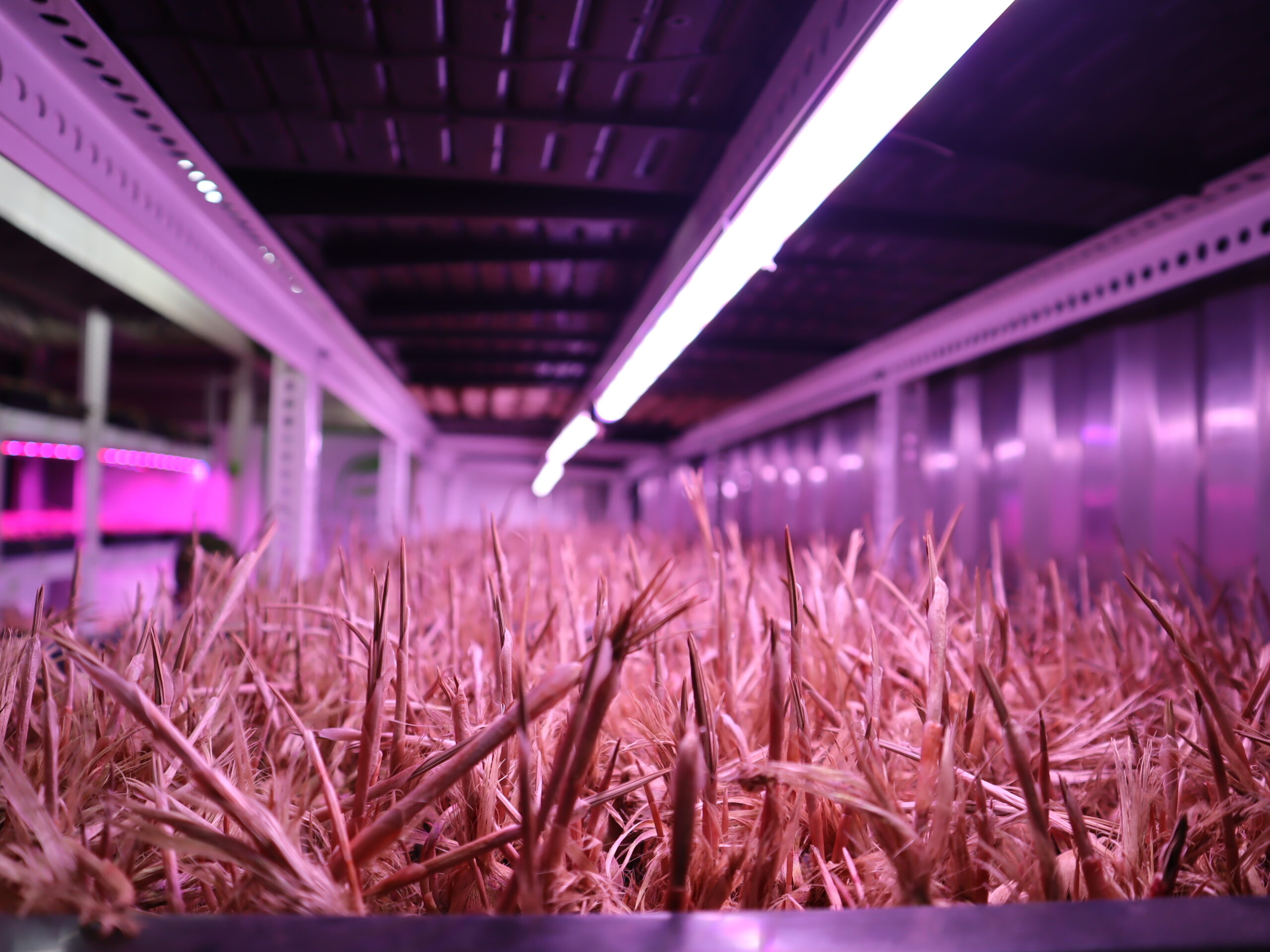
The Future of Flavor: Exploring Saffron Hydroponic Farming Techniques
Introduction:
In the world of gastronomy, few spices command as much reverence and intrigue as saffron. Known as “red gold,” this prized spice has been coveted for centuries for its distinct aroma, flavor, and vibrant color. Traditionally, saffron has been cultivated in soil-based environments, but with the advent of hydroponic farming techniques, a new chapter in saffron cultivation is unfolding. Join us as we explore the future of flavor through the lens of saffron hydroponic farming techniques.
Unlocking the Potential of Hydroponics:

Hydroponic farming involves growing plants without soil, using nutrient-rich water solutions instead. This method offers several advantages over traditional soil-based cultivation, including higher yields, faster growth rates, and better control over environmental conditions. By adopting hydroponic techniques, saffron growers can optimize the growth of their crops and ensure consistent quality year-round.
Optimal Growing Conditions:

Saffron thrives in specific environmental conditions, making it an ideal candidate for hydroponic cultivation. By carefully controlling factors such as temperature, humidity, and light exposure, growers can create the perfect growing environment for saffron. Hydroponic systems allow for precise adjustments to these conditions, ensuring that saffron plants receive the ideal balance of nutrients and light for maximum growth and flavor development.
Nutrient Management:

One of the key benefits of hydroponic farming is the ability to deliver nutrients directly to plant roots in a controlled manner. Saffron requires specific nutrients to thrive, including nitrogen, phosphorus, and potassium, as well as trace elements such as iron and magnesium. Hydroponic systems allow growers to tailor nutrient solutions to the precise needs of saffron plants, ensuring optimal growth and flavor development.
Water Efficiency:

Water is a precious resource, particularly in regions where saffron is traditionally cultivated. Hydroponic farming offers significant water savings compared to soil-based cultivation methods, as water is recirculated within the system and not lost to runoff or evaporation. By using water more efficiently, saffron hydroponic farms can reduce their environmental footprint while maintaining sustainable cultivation practices.
Quality Assurance:

Consistency is key when it comes to saffron production, as even slight variations in growing conditions can impact flavor, aroma, and color. Hydroponic farming techniques allow for greater control over these variables, resulting in more consistent quality and flavor profiles. By closely monitoring plant health, nutrient levels, and environmental conditions, growers can ensure that each harvest meets the highest standards of excellence.
Conclusion:
As consumer demand for high-quality, sustainably grown produce continues to rise, the future of saffron cultivation lies in hydroponic farming techniques. By leveraging the benefits of hydroponics, growers can unlock new levels of flavor, aroma, and color in this prized spice while minimizing environmental impact and maximizing efficiency. As we continue to explore the potential of saffron hydroponic farming, one thing is clear: the future of flavor has never looked brighter.


